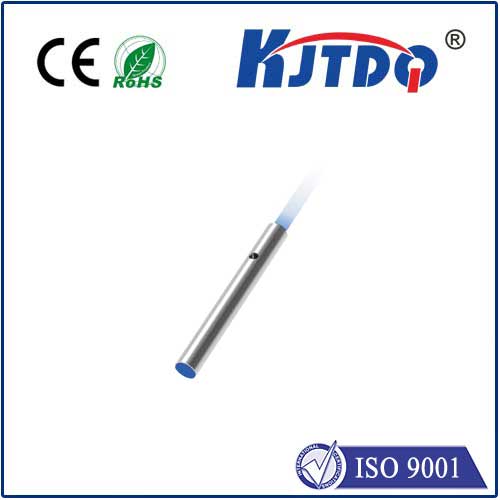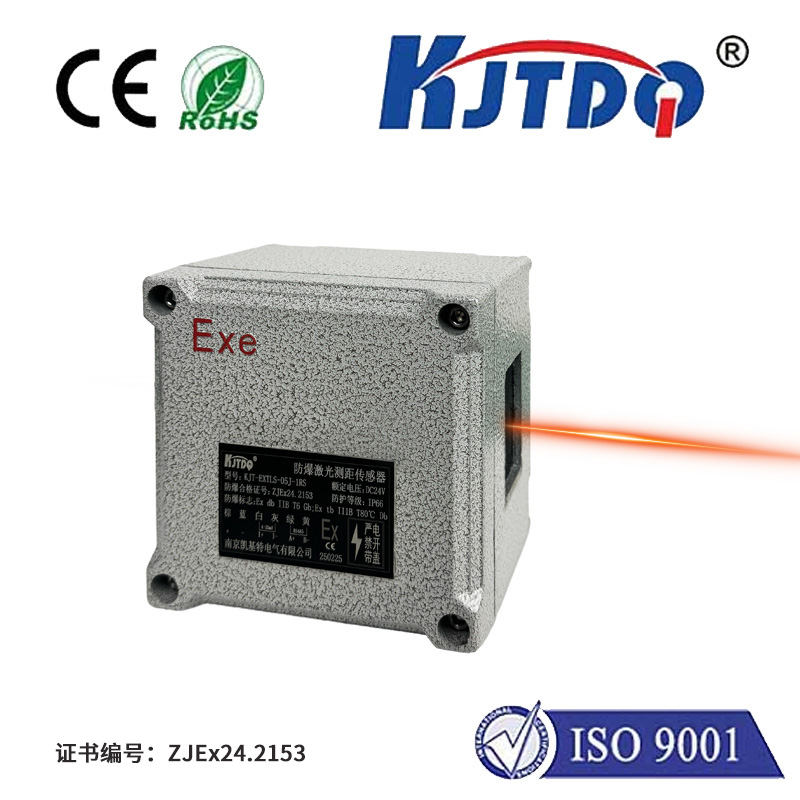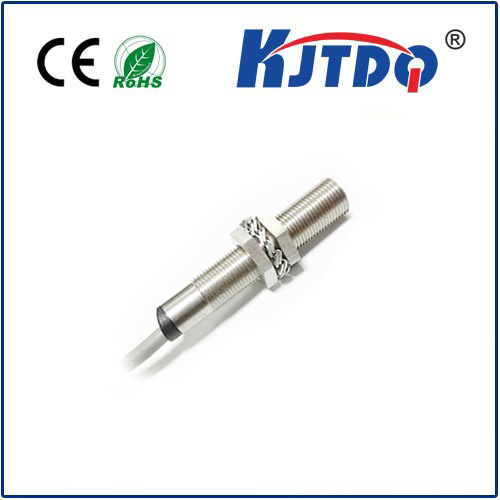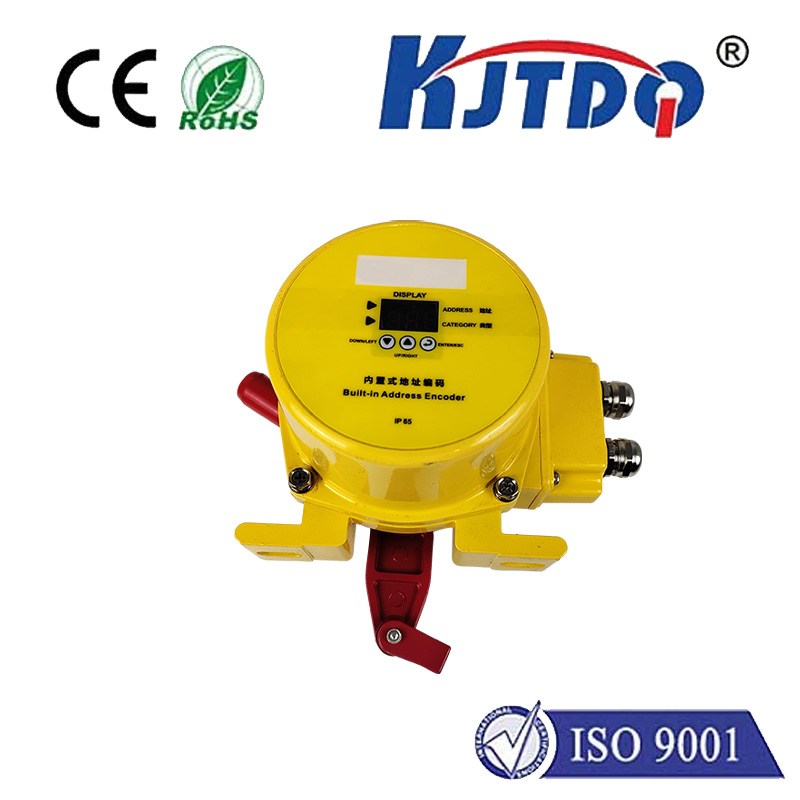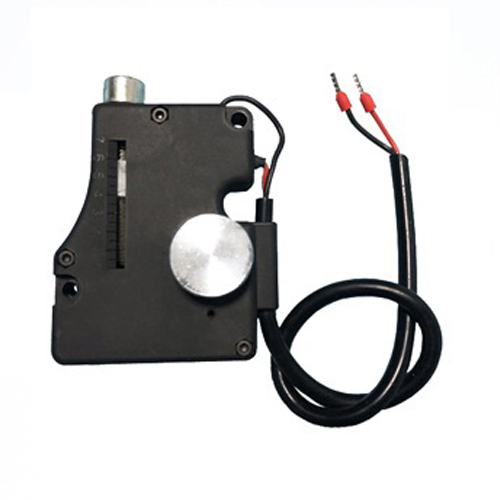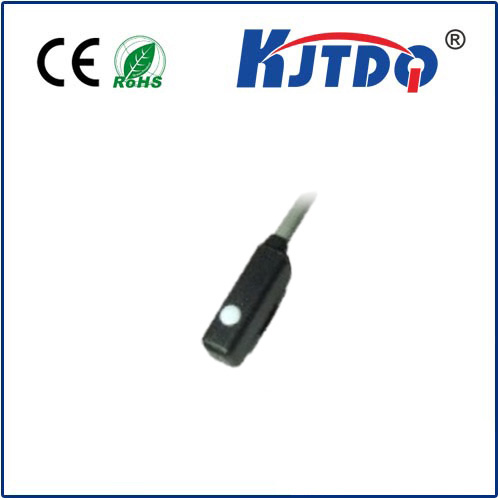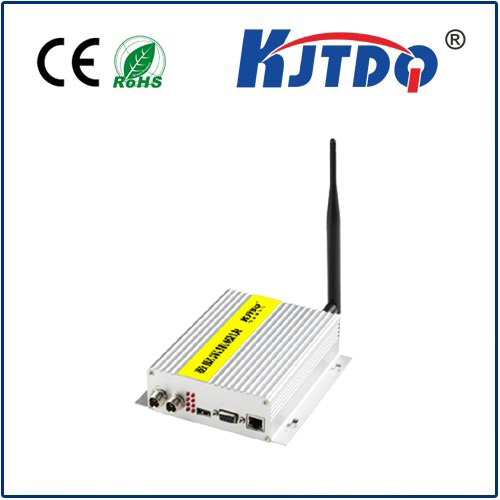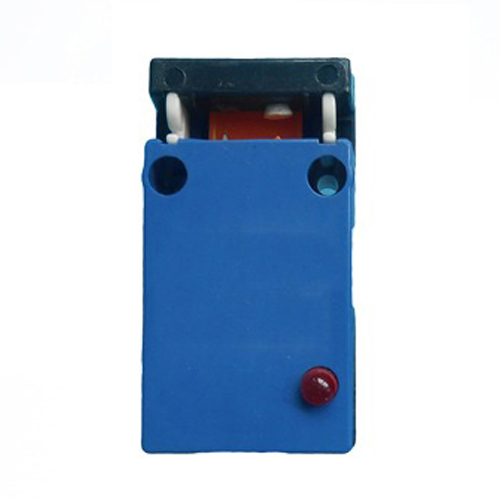lora proximity sensor
- time:2025-06-19 02:52:19
- Click:0
How LoRa Proximity Sensors Revolutionize Long-Range Detection
Imagine managing a sprawling vineyard. Monitoring equipment spread kilometers apart – pumps, storage tanks, gate controllers – is crucial, yet exhausting. Traditional proximity sensors? Their signals fade within meters. Cellular options drain power and budget. The frustration is real. What if you could reliably detect the presence or absence of critical assets, anywhere across that vast terrain, without constant battery swaps or exorbitant data costs? This is precisely the transformative power unlocked by LoRa proximity sensors. By merging robust, long-range LoRa communication with fundamental proximity sensing, they solve problems previously deemed impractical for large-scale, low-power deployments.
Understanding the Core: LoRa and Proximity Sensing Together
- LoRa (Long Range): This isn’t just Wi-Fi or Bluetooth. LoRa is a groundbreaking LPWAN (Low-Power Wide-Area Network) physical layer technology. Its genius lies in chirp spread spectrum modulation. Instead of traditional signals vulnerable to noise, LoRa spreads data across wider frequency channels. This allows it to pick out faint signals amidst interference. The result? Remarkable communication ranges of kilometers (even 10-15km+ in ideal conditions) while consuming minimal power, enabling battery life measured in years. LoRaWAN, built on top of LoRa, adds the network protocol layer for secure, scalable device management and cloud communication.
- Proximity Sensing: At its heart, proximity sensing answers a simple question: “Is an object nearby or not?” Common methods include detecting magnetic fields (using reed switches or Hall effect sensors), measuring reflected infrared light, ultrasonic pulses, or capacitance changes. These sensors provide basic, localized detection.
The Innovation: Integrating Sensing and Long-Range Communication
A LoRa proximity sensor combines the long-range, low-power advantages of LoRa/LoRaWAN with a robust proximity detection mechanism. This integration is the key differentiator:

- Local Detection: The sensor (e.g., a magnet and reed switch pair, an ultrasonic sensor) detects the presence or absence of an object within its immediate vicinity (centimeters to a few meters).
- LoRa Transmission: Upon detecting a change in state (e.g., door opened/closed, valve position changed, equipment removed) or periodically reporting its status, the sensor transmits this tiny, critical piece of information via LoRa radio.
- Long-Range Reach: The LoRa signal travels vast distances to a LoRaWAN gateway. This gateway acts as a bridge, forwarding the data securely to a network server and then onward to your application dashboard or management system.
Why Choose LoRa Proximity Over Alternatives? The Compelling Advantages
| Feature |
LoRa Proximity Sensors |
BLE / WiFi Sensors |
Traditional Wired Sensors |
Cellular Sensors |
| Range |
★★★★★ (Km+) |
★★☆ (10s-100s m) |
★ (Limited by wiring) |
★★★★★ (Km+) |
| Power Consumption |
★★★★★ (Years) |
★★★ (Months) |
★★★★ (Wired power) |
★★ (Days/Weeks) |
| Installation Cost |
★★★★★ (Low) |
★★★★ (Moderate) |
★ (Very High) |
★★★ (Moderate) |
| Deployment Speed |
★★★★★ (Fast) |
★★★★ (Fast) |
★ (Slow) |
★★★ (Moderate) |
| Network Fees |
★★★★★ (Low/None*) |
★★★★★ (None) |
★★★★★ (None) |
★ (High Monthly) |
| Scalability |
★★★★★ (High) |
★★★ (Moderate) |
★★ (Low) |
★★★★ (High) |
Where LoRa Proximity Sensors Excel: Real-World Impact
The unique blend of long range, low power, and simple binary detection makes these sensors indispensable across numerous scenarios:
- Asset Security & Anti-Theft: Secure valuable assets spread over large areas. Monitor equipment trailers, generators, containers, or solar panels across construction sites, remote farms, or logistics yards. An unauthorized movement triggers an immediate LoRa alert.
- Wide-Area Monitoring: Track door/window status (open/closed) on distant agricultural buildings, storage sheds, or perimeter gates. Monitor hazardous area access hatches or pump station covers without trenching cables for miles.
- Equipment & Machinery Status: Verify critical positions on large machinery (e.g., crane hooks, bulldozer blades) or confirm valve positions in water/wastewater infrastructure spread across a municipality.
- Parking Management (Large Lots): Simple, cost-effective detection of parking spot occupancy in sprawling corporate campuses, park-and-ride facilities, or event parking without complex infrastructure. Significantly lower cost per bay compared to traditional solutions.
- Environmental Monitoring Integration: Combine basic proximity triggers (e.g., a cover opening signals the start of a measurement cycle) with LoRa-connected environmental sensors (temperature, humidity, air quality) for contextual data collection.
- Smart Agriculture: Monitor gate positions, silo hatches, water trough levels (using float switches with proximity sensing), or the presence/absence of large equipment in fields spread over hundreds of acres. Manage vast areas without constant physical checks.
Implementing Effectively: Key Considerations
While powerful, maximizing LoRa proximity sensor success requires planning:
- Network Coverage: Ensure LoRaWAN network coverage exists at the target locations. Deploying a private gateway might be necessary for truly remote sites. Most major cities now have extensive public LoRaWAN networks.
- Sensor Placement & Environment: Physical proximity sensors need correct alignment (e.g., magnet and reed switch). The operating environment (metal structures, extreme temperatures, potential physical damage) must suit the sensor type. Radio range can be affected by dense terrain or buildings, though LoRa is remarkably resilient.
- Gateway Density: While LoRa has immense range, complex urban environments or deep indoor locations might require additional gateways for reliable coverage compared to open rural areas. Line-of-sight dramatically improves performance.
- Data Reporting Strategy: Configure the sensor’s reporting behavior wisely. Report only on state changes or combine with infrequent heartbeat messages. This is critical for achieving the ultra-low power consumption and multi-year battery life LoRa is famous for. Minimizing unnecessary transmissions is key.
- Application Integration: Have a clear plan for processing and visualizing the sensor data received by the LoRaWAN network server, whether through custom dashboards or existing IoT platforms.
The Future is Connected, Effortlessly
LoRa proximity sensors address a fundamental need at a previously impossible scale. By eliminating the range and power constraints that crippled traditional solutions, they unlock visibility and control over assets and infrastructure scattered across vast distances. They offer a simpler, more cost-effective, and far more scalable solution for binary detection over large areas than wired sensors or power-hungry cellular alternatives. Whether securing remote equipment, automating large-scale monitoring, or adding critical status checks to sprawling operations, these sensors are fundamentally changing how we interact with the physical world over wide areas. The ability to know the state of something, anywhere, without constant maintenance, is no longer science fiction – it’s the practical reality delivered by












